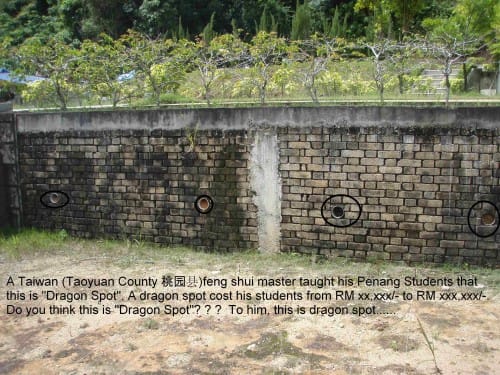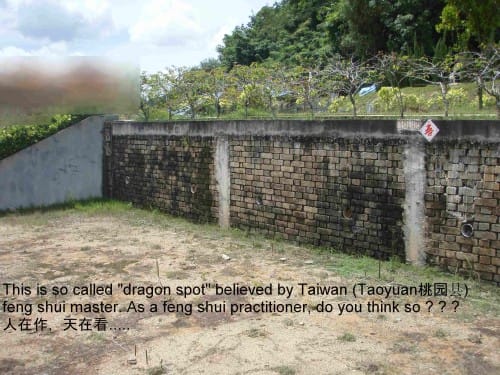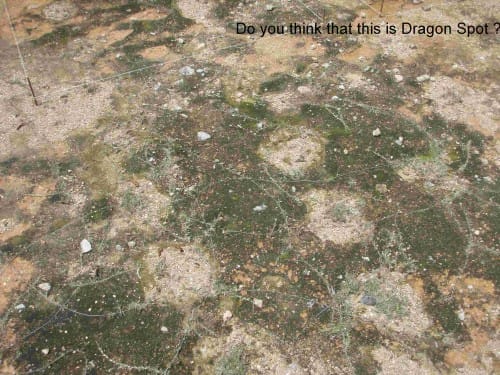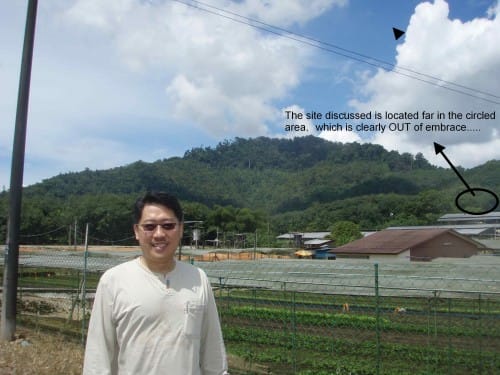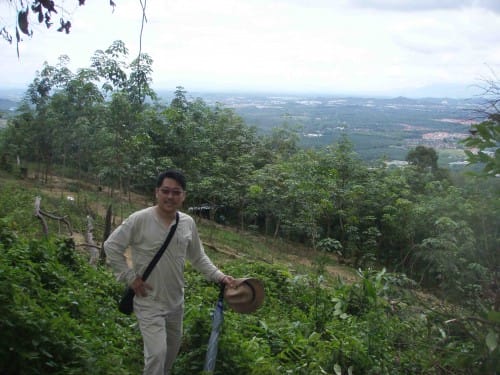帝释天(梵文:Śakro devānām indraḥ)全名为释提桓因陀罗,简称因陀罗,意译为能天帝。本为印度教神明,司职雷电与战斗。后被佛教吸收为护法神。 在梵文中,释迦(Śakra),意为”能够、有能力”;提婆(deva)意为“天人,神明”;因罗陀(Indra)意为“王者、征服者、最胜者”。其全名释提桓因陀罗(Śakro devānām indraḥ)合意即为“能够为天界诸神的主宰者“,即“能天帝”或“释天帝”。汉译时为了符合汉语语序就将原语序反转,译作“帝释天”; 是佛教28层天中第二层天,忉利天Trayastrimsa之天主。也称为三十三天(此层天界共有33天王)之天主,是第一层天即是四天王天之统帅。 祂相等于道教神仙体系里的“玉皇大帝”,或是民间每年庆祝农历正月初九神诞而称之“天公”或“天官赐福”。
Śakra (Sankrit: शक्र) or Sakka (Pali) is the ruler of the Trayastrima Heaven(the second layer) according to Buddhist cosmology. His full title is Śakro devānām indraḥ (शक्रो देवानं इन्द्रः; Pāli: Sakko devānaṃ indo), “Śakra, Lord of the Devas” . In Buddhist texts, Śakra is the proper name and not an epithet of this deity; conversely, Indra in Sanskrit and Inda in Pali are sometimes used as an epithet for Śakra as “lord”.
In East Asian traditions, Śakra is known asDìshìtiān (帝釋天) or Shìtí Huányīn (釋提桓因) in Chinese, and also asTaishakuten (帝釈天) in Japan. In China, Śakra is sometimes compared to the Taoist Jade Emperor (Yùhuáng Dàdì 玉皇大帝 often simplified in Yùhuáng 玉皇); both share a birthday on the ninth day of the first lunar month of the Chinese Calender (usually in February).
The name Śakra “powerful” as an epithet of Indra is found in several verses of the Rigveda. In Buddhist texts, Śakra’s myth and character are very different from those of the Vedic Indra. According to G.P. Malalasekara, “Sakka and Indra are independent conceptions. None of the personal characteristics of Sakka resemble those of Indra. Some epithets are identical but are evidently borrowed, though they are differently explained.”
虽然有传言说帝释天也相等于基督教的上帝(God),然而我个人的理解中持有不同见解。本人认为帝释天是学习天界神秘知识的榜样,但决不是膜拜的对象。虽然帝释天寿命长有360万年人间寿命,然而寿终之时,依然堕入六道轮回。
【帝释天人的寿命】
帝释天1昼夜 = 人间百年
帝释天1年 = 人间36000年(360昼夜*100年)
帝释天寿命(为1千岁)= 人间 36,000,000年
Although there are some sayings mentioned that Śakro devānām indraḥ is equivalent to The God of Christianity, yet, I do have different idea personally from my understanding. Sakra Deva is a role model for us to disclose the metaphysical myths in first & second layer havens. He is not the god we pray to. Although His life span is as long as 3.6 millions human years, yet, Sakra Deva is still mortal. Upon his mortality, he is still subjected to Samsara and reincarnation.
帝释天所居之忉利天(第二层天),处于须弥山顶上。须弥山腰为四天王天(第一层天) ; 第一层天和第二层天是依靠于具体的须弥山,而不是在虚空中;合称为地居天。第三层天开始处于虚空中,故有称为空居天。这里隐约说明了第二层和第三层天以上的明显差距。也说明了第一、二层为何相对的比较参与人间的事务。
帝释天常带领其他32天王与阿修罗大战,所谓的天人大战。一般上帝释天与天王可以轻易的将阿修罗击败。当帝释天死亡之后,忉利天主之位将由新帝释天取代。
The Trayastrimsa heaven that Śakra rules is located on the top of Mount Sumeru (cf. Meru), imagined to be the polar center of the physical world, around which the Sun and Moon revolve. Trāyastriṃśa is the highest of the heavens in direct contact with Earth. Like the other deities of this heaven, Śakra is long-lived but mortal. When one Śakra dies, his place is taken by another deity who becomes the new Śakra. Buddhist stories about Śakra (past or present) are found in the Jataka stories and in several suttas, particularly in the Saṃyutta Nikāya.
Śakra is married to Suja, daughter of the chief of the Asura, Vemacitrin (Pāli Vepacitti). Despite this relationship, a state of war generally exists between the thirty-three gods and the Asuras, which Śakra manages to resolve with minimal violence and no loss of life.
帝释天与第九层天主大梵天王并列为佛教护法天王,时常向佛陀请教轮回涅般真理。
Śakra is mentioned in many Buddhist sutras, and is often shown consulting the Budhha on questions of morality. Together with Brahma, he is considered a protector of the Buddhist religion.
帝释天
在中国寺庙里,帝释多为少年帝王像,且是男人女相。在水陆画中,帝释完全是一副中国后妃模样。于密教胎藏界外金刚院中,另有神王形等各种造像。
法海寺壁画中帝释天凤衣凤冠,双手合十,象征她既有帝王女后之尊,又有虔诚护法之心。三位侍女可能象征在忉利天时的三位夫人 。侍女中一位给帝释天打方顶幡盖,以示庄严神威。另一侍女右手拈一牡丹花,左手托一牡丹花盆,以示艳丽富贵。最有趣味的是第三位侍女,双手捧一山石盆景,这是忉利天之山颠,浓缩为盆景。为了表现帝释天居于忉利天之颠为三十三天之主,采用这种象征性手法,可见壁画画师对绘制内容的绝妙构思,女后、侍女,脸胖而俊,继承了唐代女性风度。侍女情态自然,容颜姣好,玉指素臂,丰腴圆润,服饰细腻,绘制技法真可谓巧夺天工。
Profile of Master Soon
Having completed years of research in the “unknown, untold and unconventional”, Master Soon, shares meaningful insights on “How to redesign & reinvent your luck”. His method on “Destiny Reinvention” to corporate level on top of social strata until personal level at various segments of the public has touched many souls.
His proven UNknown “destiny make over” method has won him fame & clients in China, India, Malaysia, Thailand, Singapore, Hong Kong, Macau, Taiwan & Switzerland.
“ Metaphysical Destiny Revivalism” is his blissful psyche power.
“Metaphysical Luck Renewal” is his unconventional motto.
“Destiny Victory” is his audiences’ satisfaction.
Master Soon has completed more than 20 years in researching the established and esoteric facets of Chinese metaphysics and mind strategies, plus unorthodox patterns of Destiny Reinventing method.
and has years to his name, specializing in business feng shui consultation apart from being an adviser in enlightening and inspiring using his Untold Chinese metaphysics. He has also beeninvited by corporations in Malaysia, Singapore, Switzerland, India, Thailand, Hong Kong and China to share his knowledge. Some of his past seminars include topics on
- Riding the Horse Year of 2014
- Unknown yet Effective Feng Shui Secrets
- Unknown Monetary Zone
- Untold Treasure Belt
- Unorthodox Way of Destiny Re-design
- Untold Secrets of Luck Re-direction
- Property Feng Shui for Investors,
- Property Projection by Yijing Prediction
- Corporate Feng Shui for Top Management
- Lantern Festival Long Term Money
His proven unconventional method in luck design is effective, striking and impressive.
Contact: master@mastersoon.com or call 6012 560 3333







